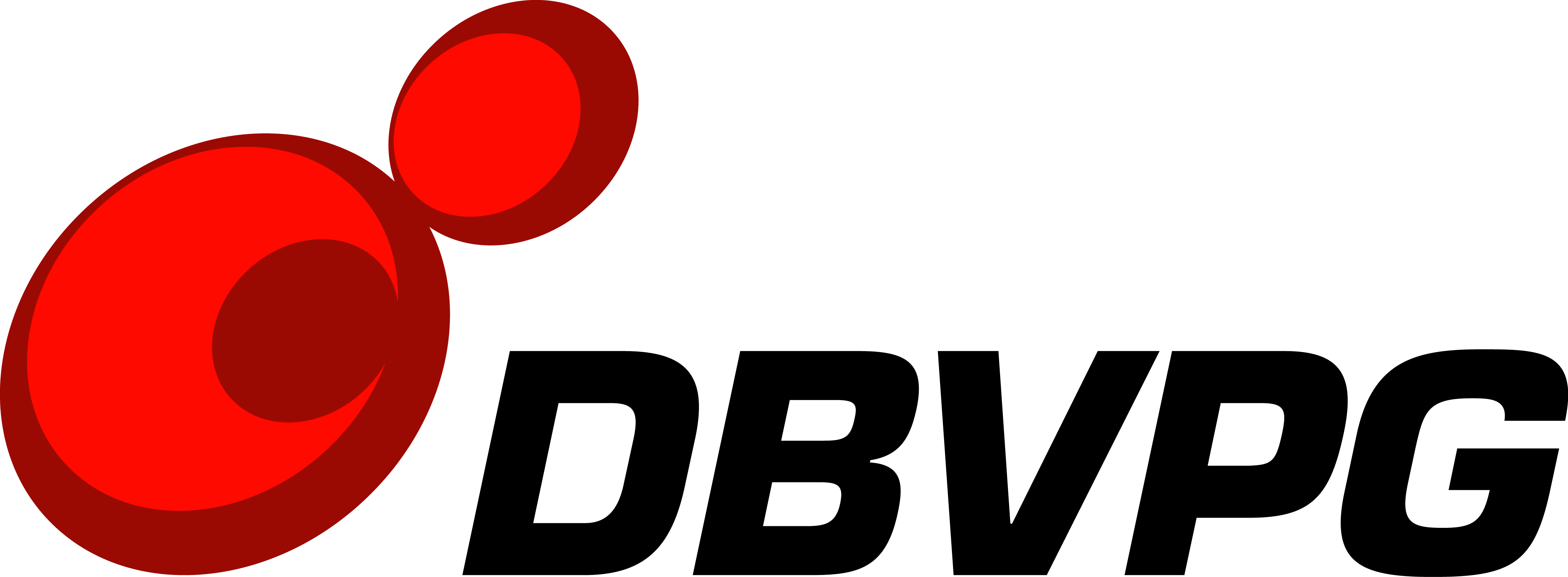La Convenzione sulla Diversità Biologica (CBD) e il Protocollo di Nagoya
Convention on Biological Diversity (CBD)
The Convention on Biological Diversity is an international treaty adopted in 1992 in order to protect biological diversity, the sustainable use of its components and the fair and equitable sharing of the benefits arising from their utilization. The CBD, ratified by over 190 countries, addresses living genetic resources collected since 1993, including microorganisms.
CBD has three main goals:
- the conservation of biological diversity,
- the sustainable use of its components,
- the fair and equitable sharing of the benefits arising from the use of these genetic resources, especially in the event of successful economic exploitation.
Nagoya Protocol
Nagoya Protocol (NP) on access to genetic resources and the fair and equitable sharing of benefits arising from their utilization (ABS, Access and Benefit Sharing) is an international instrument adopted by the Conference of the Parties to the CBD during its 10th Meeting, on the 29th October 2010 in Nagoya, Japan, and was opened for signature on February 2, 2011. The NP is the treaty that determines how the CBD is implemented and entered into force on October 12, 2014.
Italy joined the PN on 23 June 2011, at the same time as the European Union and 11 others of its Member States, but has not yet adopted any legislative measures to implement the ABS Regulation. On 9 June 2014, Regulation (EU) No. 511/2014 “on compliance measures for users from the Nagoya Protocol on Access to Genetic Resources and the Fair and Equitable Sharing of Benefits Arising from their Utilization in the Union” (also “ABS Regulation“) entered into force. The Regulation aims to implement uniformly in the European territory a part of the NP on access to genetic resources and on the fair and equitable sharing of the benefits deriving from their use.
The NP involves two set of rules:
- Access Pillar – each state has the right to regulate access to its genetic resources in compliance with the minimum requirements which provide for: (i) the issue by the resource supplier country of a written permit called PIC (Prior Informed Consent); (ii) the signing between the supplier country and the user of a bilateral agreement called MAT (Mutually Agreed Terms) which governs the terms and conditions of access, uses and sharing of the benefits arising from the use of the genetic resources.
- User Compliance Pillar – each state must define rules and laws to ensure that users comply with the access regulations of supplier countries.
The Regulation is addressed to “users” of genetic resources and traditional knowledge associated with genetic resources, or “natural or legal person that utilises genetic resources or traditional knowledge associated with genetic resources” (art. 3, par. 4 ABS Regulation), regardless of their size or their intended use (commercial or non-commercial). The ABS Regulation defines “utilisation of genetic resources” any ” research and development on the genetic and/or biochemical composition of genetic resources, including through the application of biotechnology as defined in Article 2 of the Convention”, and in accordance with the definition given by the NP (Article 2 letter c).
Before starting a new sampling
Before starting any research, every scientist must be informed about the international and national laws that are applied to sampling in the country of origin. To fulfil the obligations under the NP, it is essential to check the Clearing-House ABS and get in touch with the National Focal Point and/or the National Competent Authorities that are listed, which can indicate which permits and approvals are necessary to carry out the research.
The documents obtained in the country of origin (PIC, MAT, MTA or Internationally Recognized Certificate of Compliance – IRCC – which includes all the previous documents) must be drawn up anticipating the scientific purpose and objectives of the project: type of research, possible sequencing, possible storage in a culture collection, etc. These objectives must be compatible with the obtained permissions.
Strains deposit in the DBVPG culture collection and NP
It is the responsibility of the collector of microbial genetic resources to ensure that the material has been collected after obtaining all permits (PIC, MAT, MTA, IRCC, but also permits from local authorities such as national or regional parks) from the country of origin. It is the depositor’s responsibility to ensure that the deposit of the material in the DBVPG Collection does not violate any (inter)national obligations.
For deposits in the DBVPG Collection it is essential that the MAT or other documentation clearly indicates that the newly obtained microorganisms can be deposited in the DBVPG Collection and distributed to DBVPG users. For many supplier countries it is useful to inform them that the DBVPG Collection has its own binding MTA which prohibits the subsequent distribution (i.e. to third parties) of the strains and which, upon request, may limit the use of a DBVPG strain to non-commercial use/research only. The DBVPG Collection does not accept strains without the documentation described above and which have not already obtained the consent for distribution from the country of origin.

